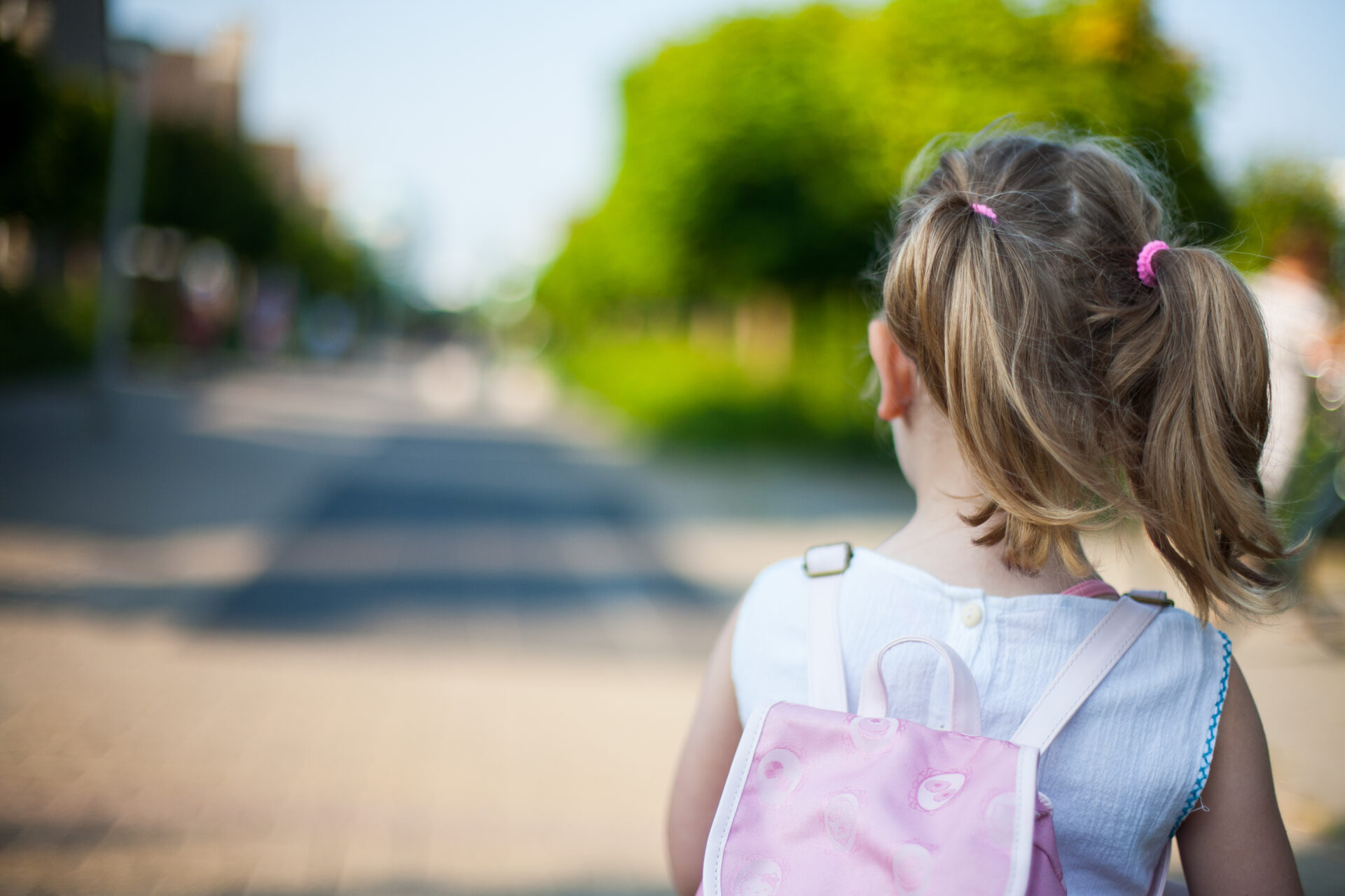While politicians on both sides of the aisle have touted support for childcare tax credits in recent years, no bill has passed the House or the Senate, leaving West Virginia childcare providers wondering how they will fund their programs in the future.
Pandemic-era benefits for childcare centers ended in September 2023. West Virginia spent the last of its American Rescue Plan child care money in May 2023.
That funding allowed childcare providers to be paid on the basis of enrollment in their programs rather than daily attendance, so they could better plan their finances.
The childcare centers used the funds to pay for personnel costs and keep programs staffed.
In some cases, childcare centers used the funds to keep prices lower for parents struggling to pay for child care that now costs an average of $15,000 a year for one child, according to a Care.com study.
Childcare family homes also used the money to pay for personal protective equipment (PPE) to ensure safe environments for children and staff.
To make up for the funding shortfall, the state set aside $24 million of Temporary Assistance for Needy Families (TANF) funding to allow providers to continue being paid by enrollment for services rendered through this month.
Time is up, and the childcare funding promised by the governor and legislators before this year’s legislative session did not pass.
Lawmakers blamed the threat of a federal clawback of $465 million in COVID-19 money from the U.S. Department of Education for the state Fiscal Year 2025 budget’s shortcomings.
When that clawback did not happen, Justice called the legislature in for a special session to address child care, among other budgetary issues from the “skinny budget.”
Still, no legislative action was completed on childcare tax credits.
During his press briefing on Tuesday, Gov. Jim Justice said the state needs to pass a childcare tax credit.
“We need to make it more available, and we need to try to address bringing down the cost,” Justice said. “It’s an absolutely one way we can do this, for sure, is give these people a tax break and so, so I just, I just don’t know what we’re what we’re waiting on, but we’re going to, we’re going to fight for it as hard as we possibly can.”
However, the governor says he is concerned that lobbyists are pushing the issue.
“I would just stay tuned and let us handle that,” Justice said. “But, but keep in mind, lobbyists drive things here an awful lot.”
It was unclear what the governor was alluding to, and he did not offer specifics.
Appalachia Health News is a project of West Virginia Public Broadcasting with support from Marshall Health.
